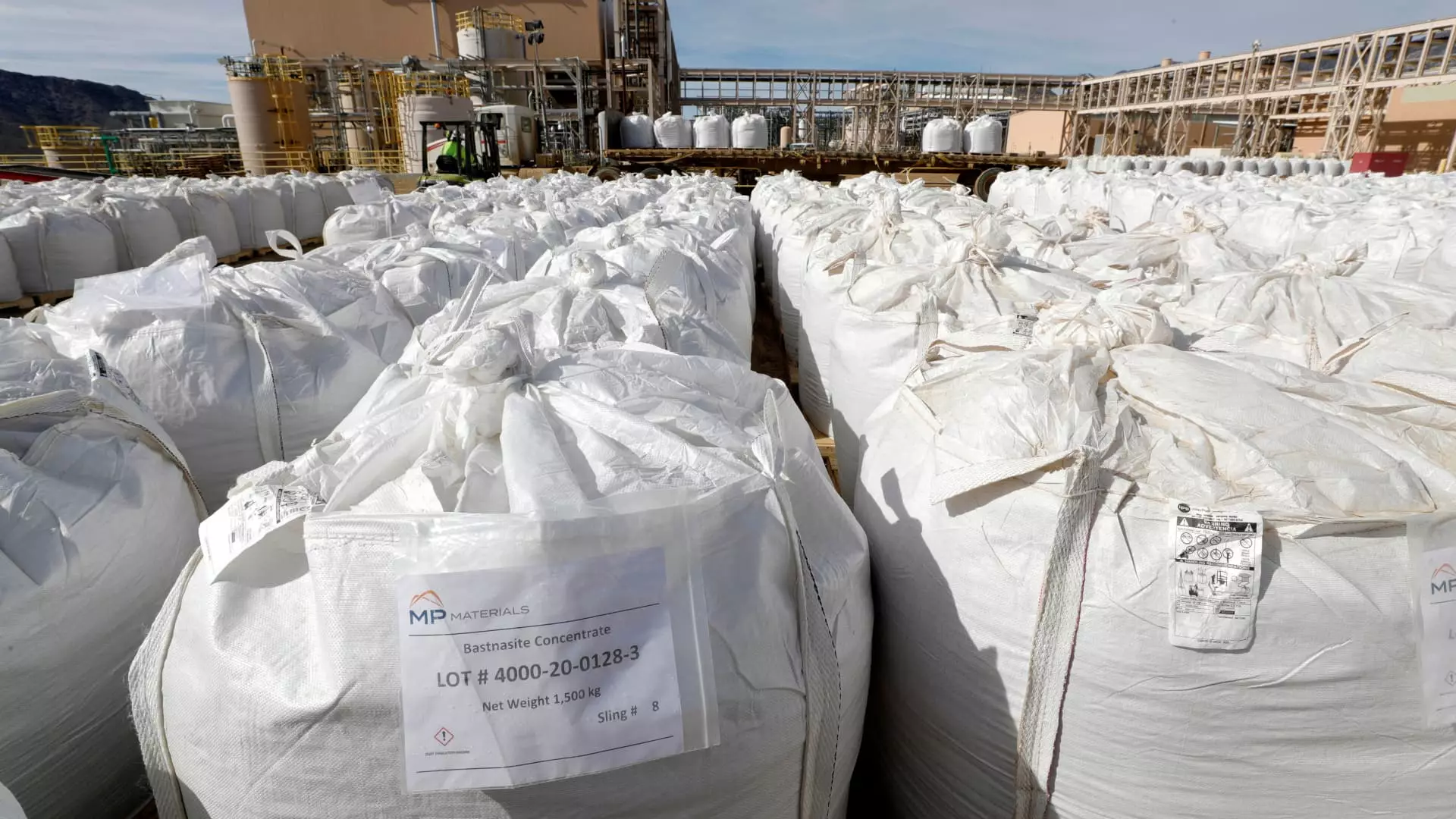The recent volatility in the financial landscape highlights a stark reality: market movements often mask underlying weaknesses in economic fundamentals. For instance, MP Materials’ astonishing 47% rise after a significant government contract seemingly signals robust growth. Yet, beneath this veneer lies the question—are we genuinely witnessing economic strength, or are investors overly optimistic about government subsidies and geopolitical maneuvers? Reliance on state-driven deals, especially within strategic sectors like rare earth minerals, suggests that the private sector’s actual health may be more fragile than it appears. It’s imperative to recognize that such surges can be symptomatic of artificial inflation rather than organic growth.
Corporate Performance Means Less Than Investor Sentiment
While airlines like Delta demonstrate impressive earnings forecasts and McDonald’s attracts favorable analyst upgrades, these gains are increasingly disconnected from the broader economic reality. The airline sector’s renewed profit outlook may be driven by cost-cutting rather than genuine demand, raising questions about sustainability. Similarly, fast-food chains thriving on cost-conscious consumers don’t necessarily indicate a healthier economy but rather reflect shifting consumer priorities in uncertain times. This disconnect emphasizes a recurring pattern—stock prices are frequently driven more by sentiment, hype, and speculative behaviors than consistent corporate fundamentals.
Geopolitical Tensions and Their Impact
The recent announcement of a 50% tariff on Brazilian imports, paired with retaliatory measures, underscores the fragility of global trade frameworks. Brazil’s response signifies how quickly geopolitics can undermine economic cooperation. Such measures risk dragging the entire market into uncertainty, which Ultimately hampers long-term investment and growth. The sharp decline in Brazilian stocks and Embraer’s 6% drop serve as cold reminders that international tensions can destabilize markets built heavily on open trade and mutual dependence. These developments reveal a vulnerable global economy still too dependent on fragile political agreements.
Speculative Excess and Market Euphoria
The surge of Hertz by over 118% and the 30% rise of Kellogg following a takeover offer exemplify how speculative activity continues to dominate the scene. These are classic signs of market euphoria that can inflate asset bubbles, often disconnected from companies’ true valuation or fundamentals. The meme-stock phenomenon, inherently driven by social media hype, demonstrates a risky tendency where enthusiasm overrides rational analysis. Such behavior indicates a market increasingly characterized by speculative fervor rather than sustainable growth, risking inevitable correction if sentiment shifts.
Tech and Manufacturing: The Dual-Edged Sword
While companies like AMD and Trex showcase resilience through upgrades and demand forecasts, their gains must be viewed cautiously. AMD’s higher-than-expected AI chip pricing and Trex’s demand growth are promising, but these are relatively isolated pockets of strength within a larger uncertain economic climate. The tech sector’s dependence on innovation and high expectations makes it susceptible to downturns if consumer confidence wanes or supply chains falter. Likewise, the manufacturing sector’s fragility becomes evident when even demand projections cannot shield companies like Trex from a 13% drop earlier this year now offset in part by recent upward revisions.
Market Gut Checks and Critical Realism
In sum, the recent fluctuations across sectors underscore a crucial lesson: markets are not inherently a reliable mirror of economic health. They are susceptible to hype, geopolitical risks, speculative fervor, and temporary policy-driven boosts. As center-right proponents who advocate for prudent economic management and cautious investment, we must recognize that headline gains and losses often conceal vulnerabilities. It’s essential to approach these market signals with skepticism and an understanding that genuine economic progress depends on structural reforms, restrained government intervention, and a focus on productivity—not merely chasing momentary surges fueled by short-lived optimism. Only then can we hope to build a resilient economy that withstands the inevitable storms of global markets.

